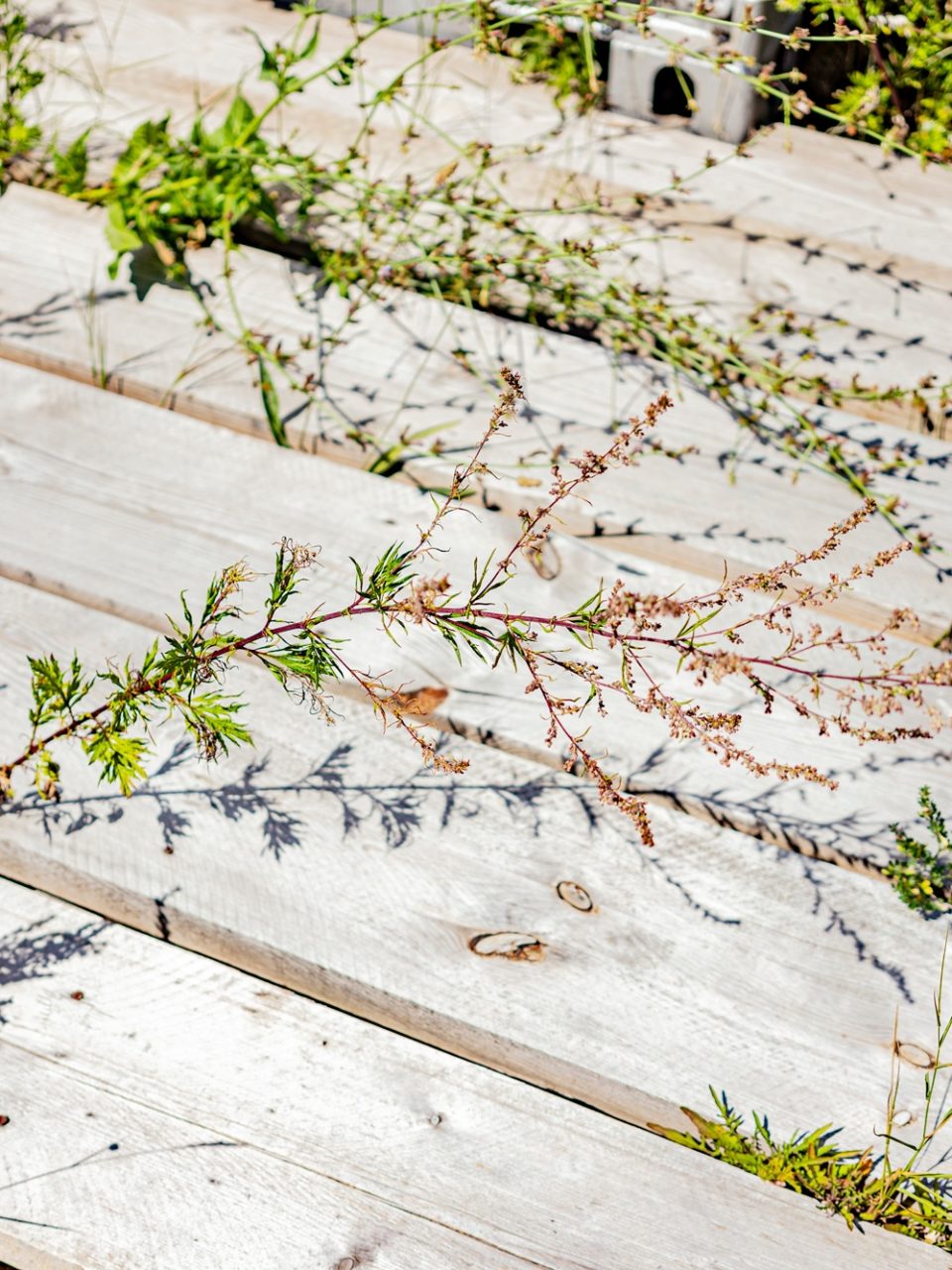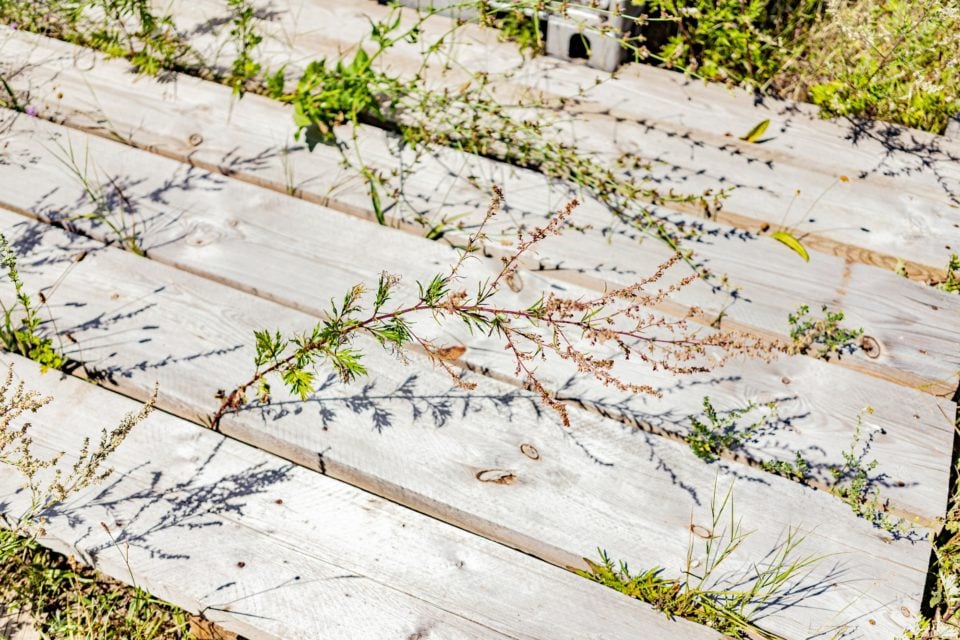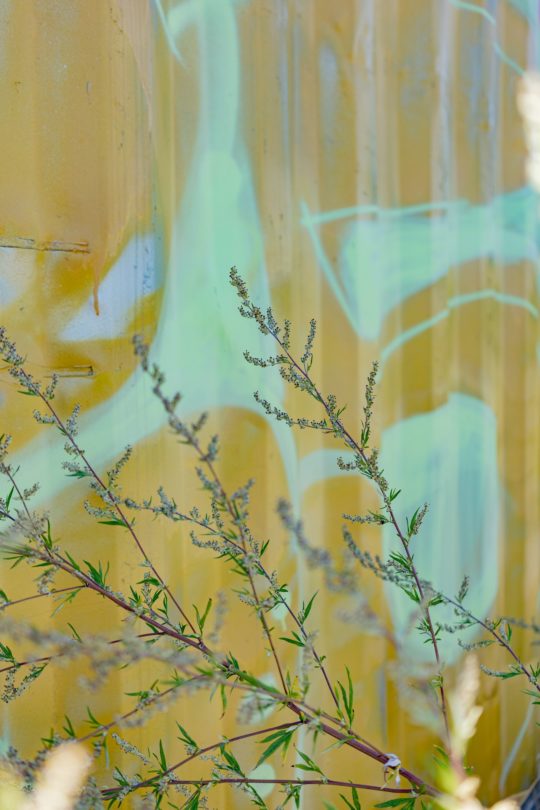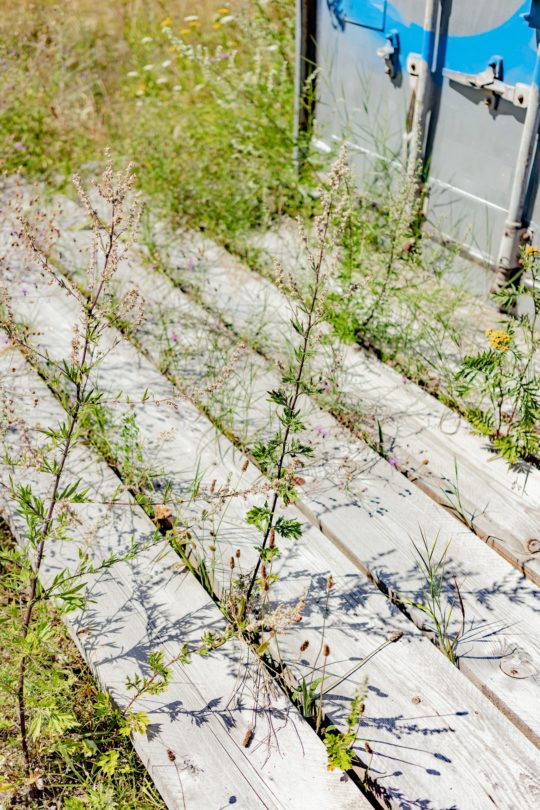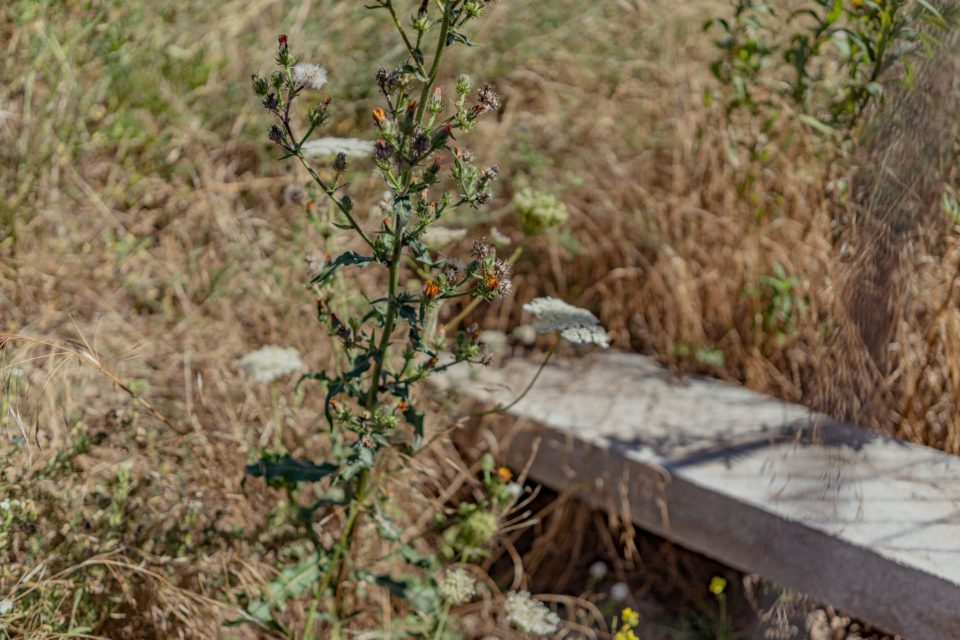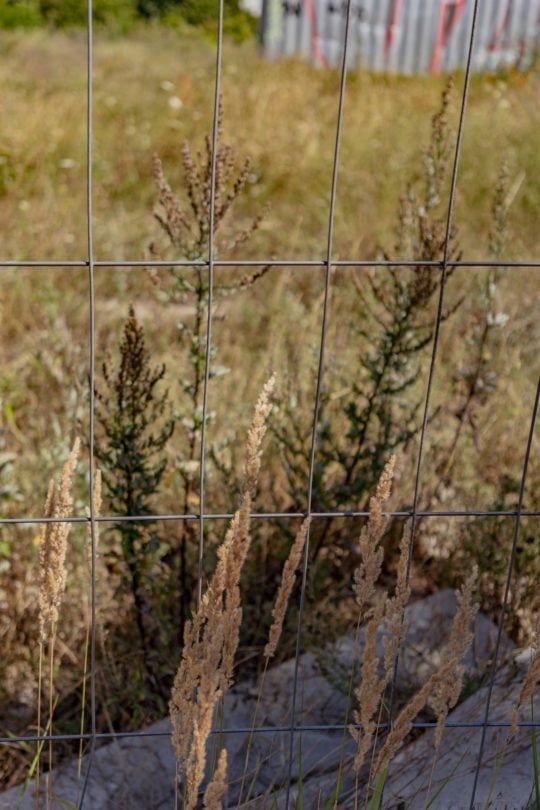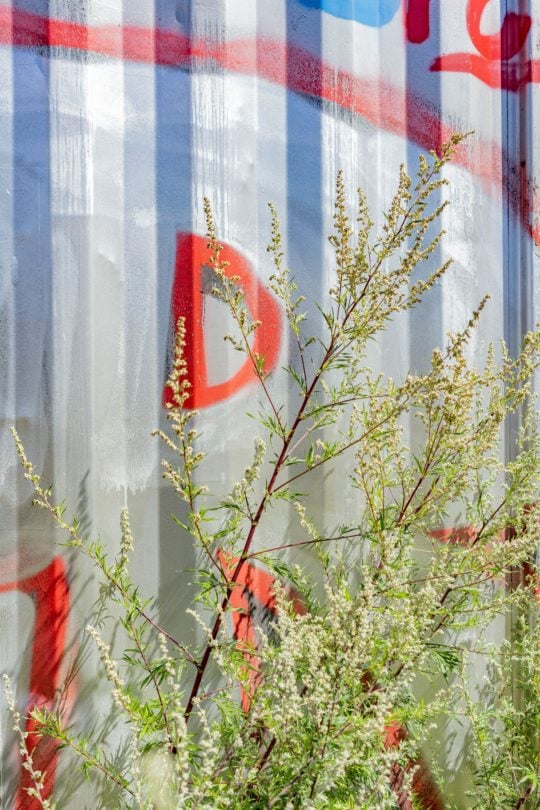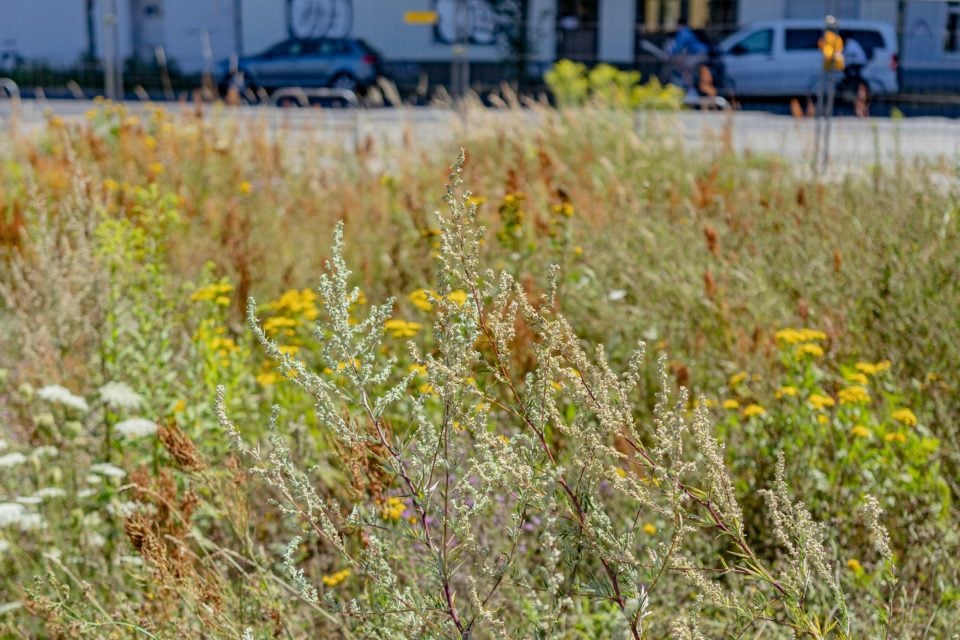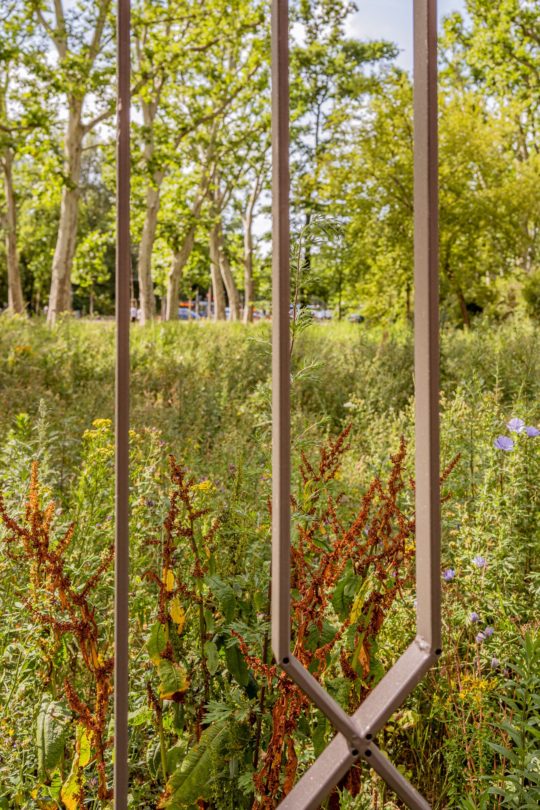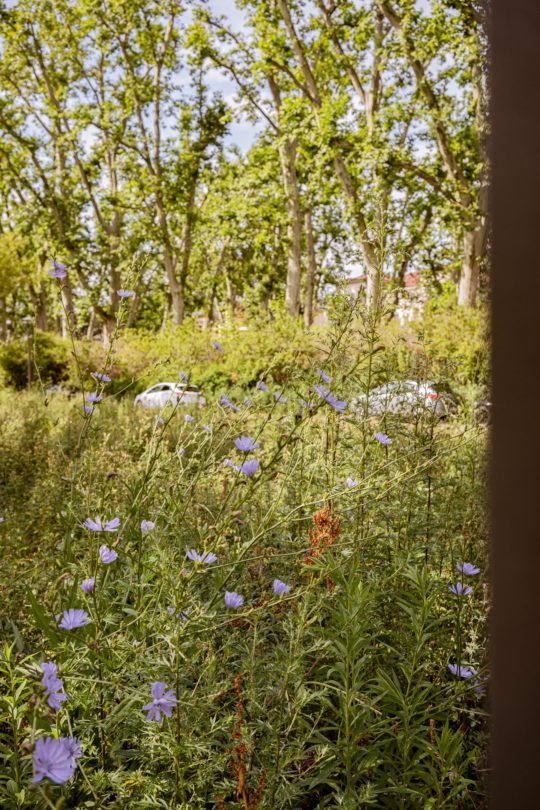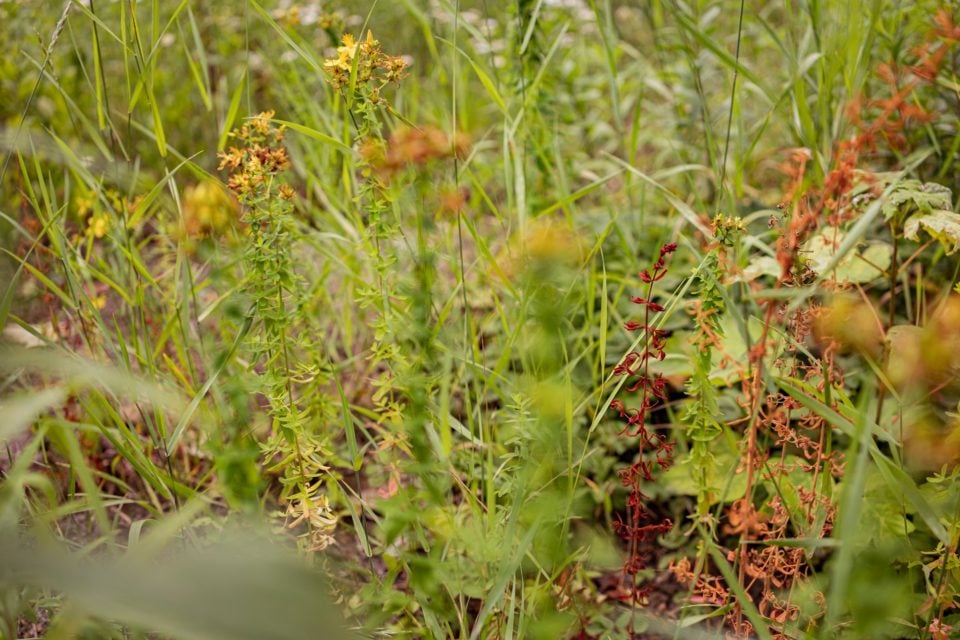SIDEWALK SURVEYS: SEEING URBAN LANDSCAPES ANEW.
Finding natural beauty in an urban landscape.
In her book Braiding Sweetgrass, Robin Wall Kimmerer writes about the reciprocity between humans and nature. She talks about wild strawberries, and how their gift of fruits, benefit both plant and beneficiary. The more strawberries we eat of course, the higher the dissemination of their seed.
We often think of nature as something out there. Far away. But nature is everywhere. In our city. On our doorsteps.
She’s in the dandelions creeping through the cracks in the pavement. Pockets of beta-carotene and antioxidants that we tread on as we go about our daily bustle. She’s in the common nettle, their sharp sting a hello from below. “Wait a minute” they say. “I have something to share”.
Indeed, apart from their bounty of nutrients, nettles–as many other so-called weeds–are a melody of messengers underfoot. Storytellers of our environment. “Earth has been disturbed here”, mugwort tells us. “The soil here is good”, four-leaf clover would say.
Indeed, these whispers from the wild come bearing messages alongside their gifts. If only we could hear it.
My experience of our urban landscape changed when I read about edible perennials by Plants for a future. I was surprised to learn that from 20 000 edible species, fewer than 20 were cultivated as a food source. The more I read, the more I noticed beneficial plants all around the city. I began to see my urban landscape in an entirely new light. The shepherds purse below my neighbours doorbell, now a friendly reminder of natures offerings.
I wonder what message Monet could hear, as nature gave him his water lilies.
I wonder if he too, saw her, understood her a little differently. As I saunter past neglected sidewalks, I revel in the colours bouncing back at me. Carpets of chlorophyll, capturing the sun’s energy in their effervescent green. I spot dandelion’s sister, bright blue chicory behind a fence, and wonder what message anthocyanin could reveal–those beautiful purples and blues. Beyond them the goldenrod stand tall, like yellow flaming beacons in the shade. Their fiery ochre makes a brilliant dye, much like that of St John’s Wort, along with its many other uses.
I’ve come to learn that many beneficial species, like nettles for instance, tend to proliferate when we harvest them. Their growth stimulated by the pick of our hands. Another beautiful example of reciprocity.
Before, I would cycle out to Brandenberg and find solace in nature by spending time in the countryside. Now though, I can wonder to the edge of my street, look for an allotment of untended wildlings and enjoy the potential that I know is in those patches of wild. If we contemplate our urban landscapes and see it a little differently, it’s rather spectacular how much joy we can derive from those simple sidewalk surveys.

